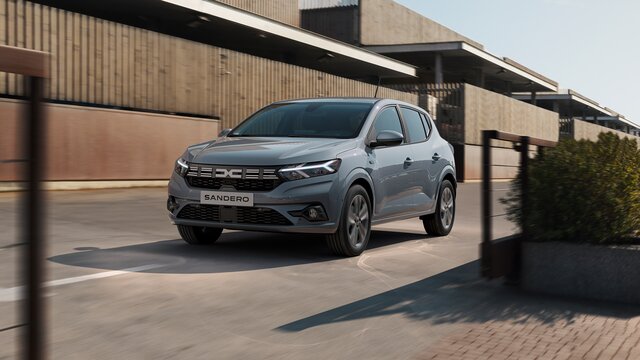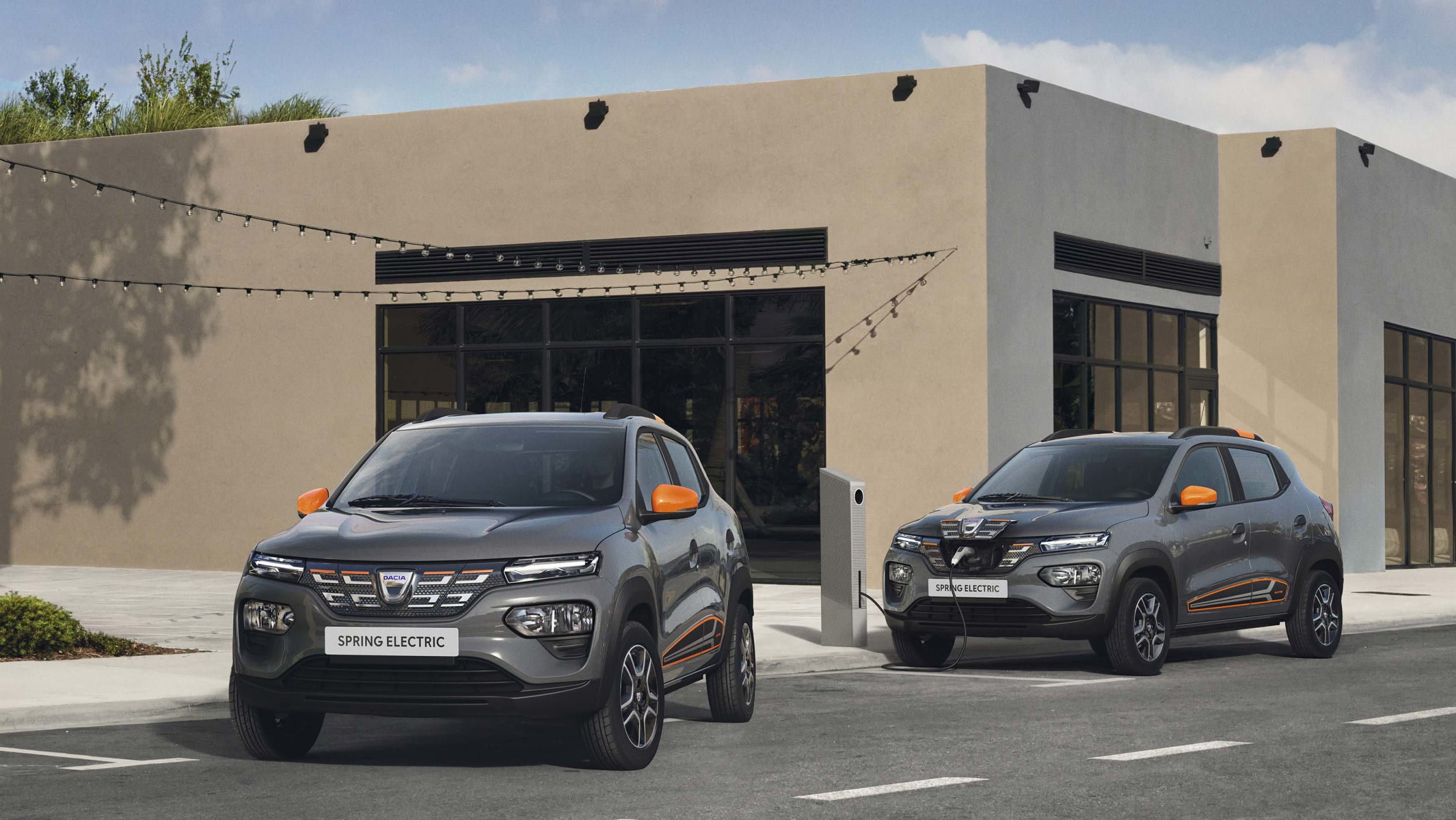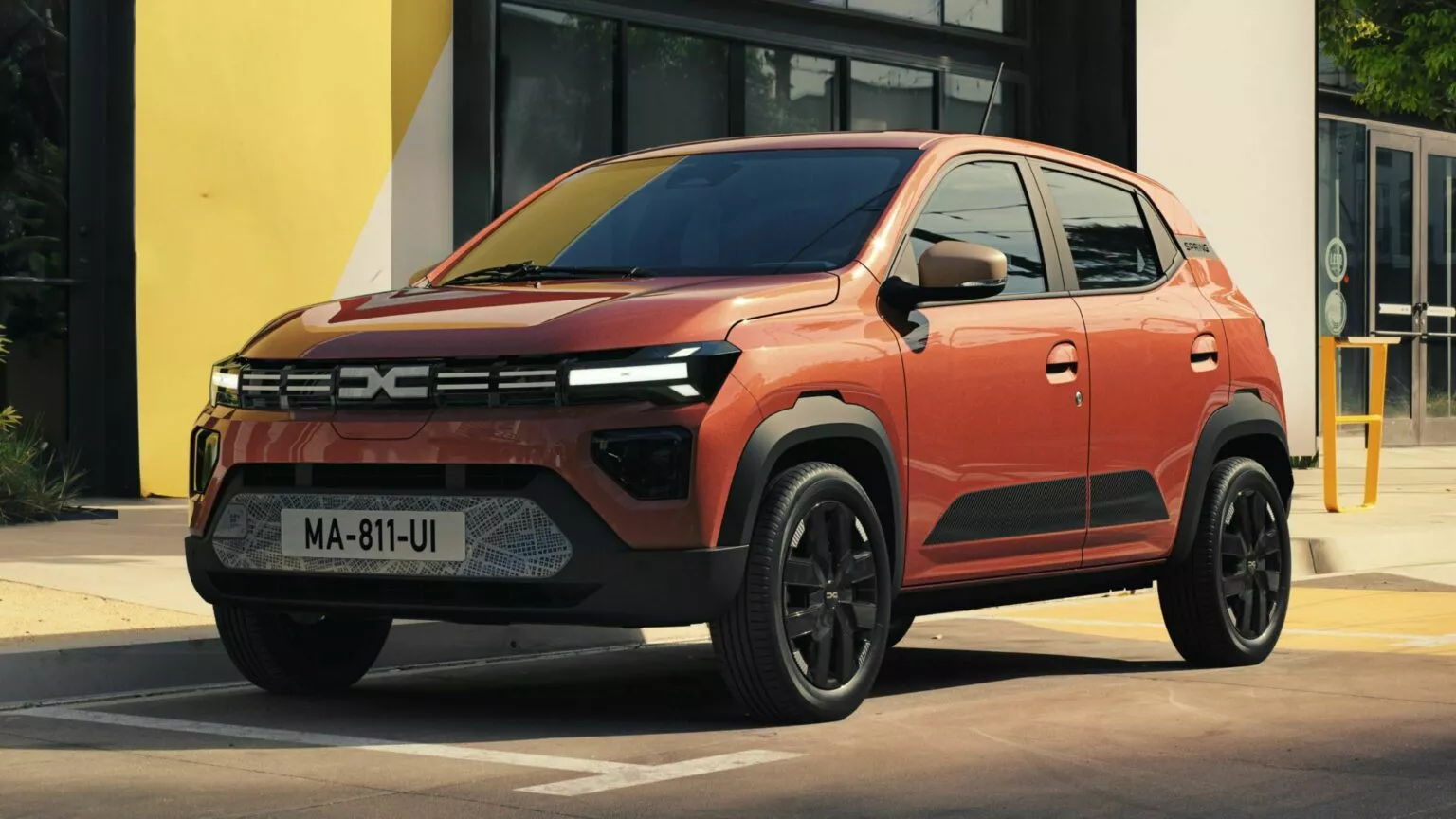Dacia, the Romanian automotive manufacturer, is set to introduce an electrified version of its popular Sandero hatchback by 2027 or 2028, according to CEO Denis Le Vot. In an interview with UK outlet AutoCar, Le Vot confirmed that the Sandero EV would cater to budget-conscious consumers and is expected to remain in production until “2034 or 2035.”
While acknowledging that the Sandero EV may offer a shorter range compared to its competitors and require longer charging times, Le Vot assured potential buyers that the electric hatchback would come at an exceptionally affordable price point. Criticizing the current high costs associated with entry-level electric vehicles, the Dacia CEO emphasized the importance of making electric mobility accessible to the average consumer.
The Sandero has been a staple in Dacia’s lineup since its introduction in 2008, now in its third generation. Produced in Romania and Morocco, the base model of the Sandero starts at just over $10,000 in Europe, positioning it as an affordable option for those seeking basic transportation. However, even the entry-level variant lacks standard features like a radio.
It’s worth noting that the Sandero EV will not be Dacia’s first venture into the electric vehicle market. The company already offers the Spring, an electric hatchback-crossover hybrid. Powered by a 27.4-kilowatt-hour battery pack, the Spring boasts a range of 143 miles. Although the Spring’s battery capacity is smaller than that of the new plug-in-hybrid Range Rover, it compensates with an attractively low price, starting at €10,920 ($11,974) after grants in Germany.
In contrast to the Spring, the forthcoming Sandero EV will be built on the Renault Group’s CMF-B platform, which will also underpin the highly anticipated Renault 5. Consequently, the Sandero EV is expected to share several commonalities with its Renault counterpart.
Regrettably, despite its eagerness to embrace electric mobility, Dacia currently has no plans to enter the US market. This decision is disheartening, as it leaves North American consumers with limited options when it comes to affordable electric vehicles.





